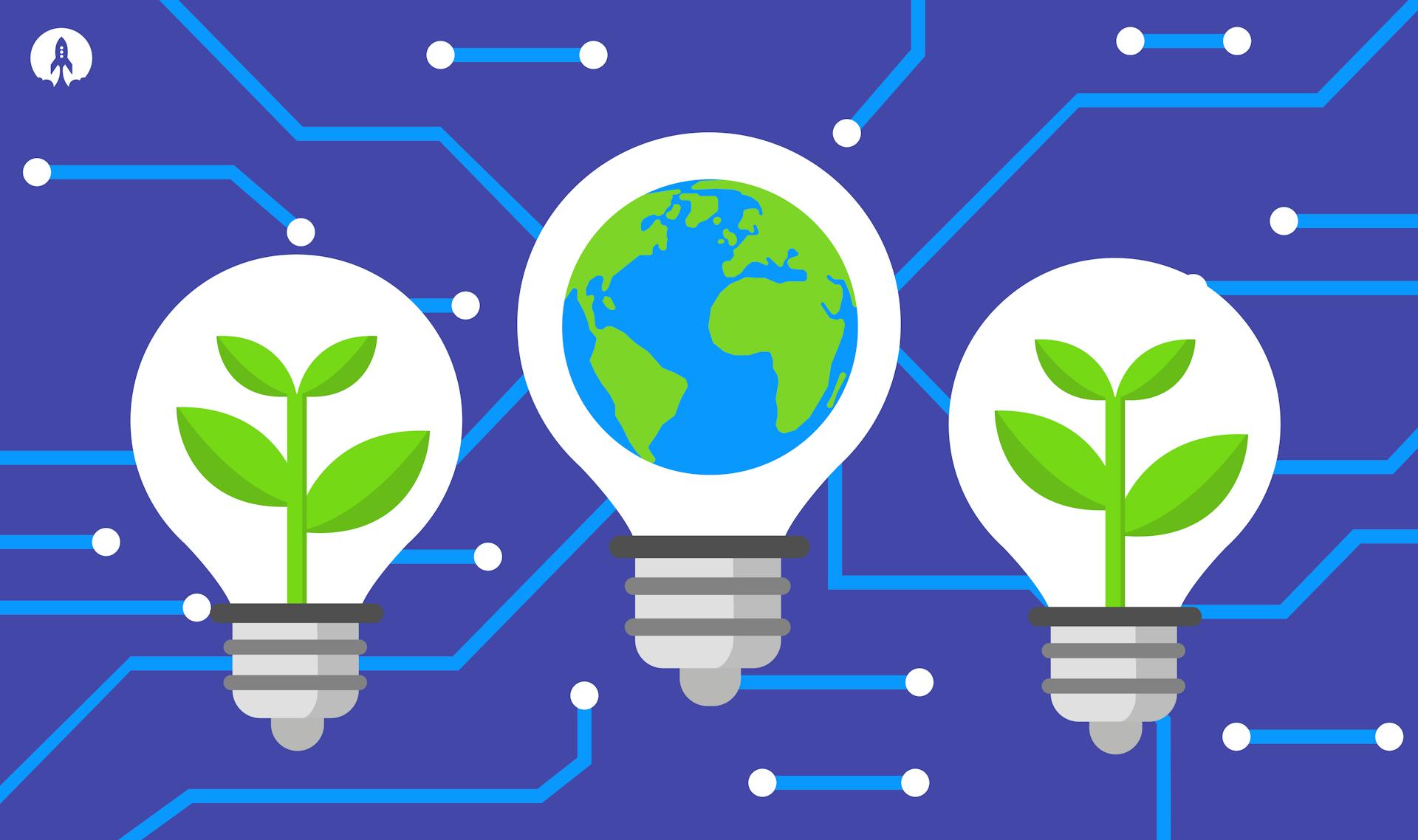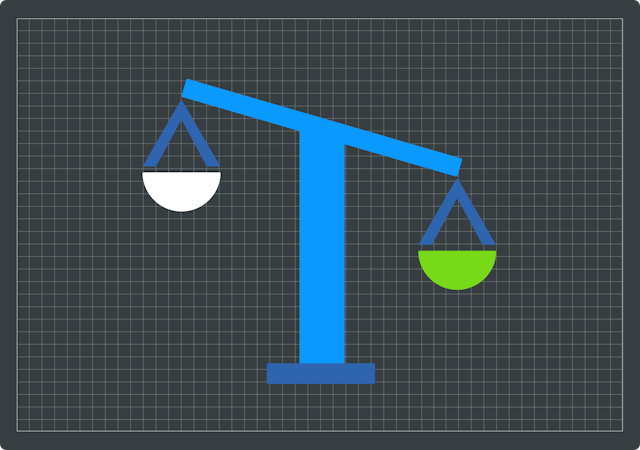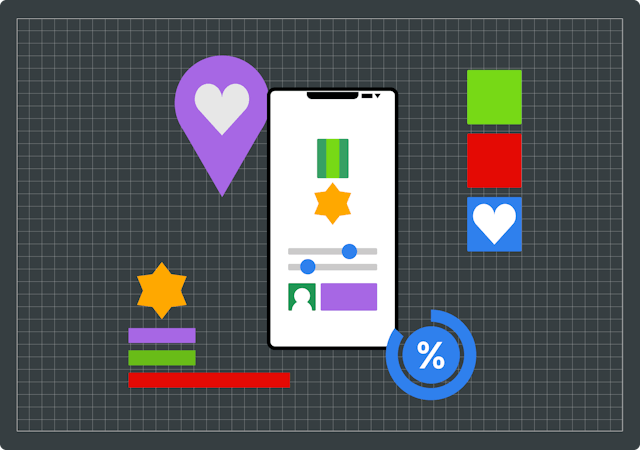Designing for the Planet: How to Build Apps that Contribute to a Greener Future

As a B Corp, Rocketmakers aims to prioritise sustainability in every project we undertake, aiming to enhance the eco-friendliness of all our apps. This commitment begins at the outset of our proven process: design.
In green technology, user experience (UX) and user interface (UI) design is important when crafting efficient, sustainable digital solutions. By incorporating eco-friendly design principles, developers can produce applications that are not only user-centric but also environmentally responsible. Read on to discover five ways specific design practices can impact our efforts.
1. Work Smarter with Design Systems
When designing an app, we like to work efficiently, and one of the best ways to do this is by using a design system. A design system provides a set of reusable components and guidelines that ensure consistency across your app and reduce the need for redundant work. By adhering to these established systems and following a lean UX process, you can eliminate unnecessary steps, saving time and reducing the energy required to create a polished product. Reusing tried-and-tested design patterns also makes the process smoother, allowing you to focus on solving problems rather than reinventing the wheel. This approach not only streamlines development but also leads to a more sustainable and efficient design process overall.
2. Only Design What’s Necessary
Adopting a Minimum Viable Product (MVP) approach is key to reducing waste when building apps. Instead of overloading your product with features that may not be needed, start by designing only what’s necessary to solve the core problem. By focusing on the features that users actually need, based on their feedback, you avoid overbuilding. This approach prevents unnecessary resources from being spent on features that don’t serve a real purpose, ultimately saving both time and energy. This kind of user-focused design ensures that you’re building a product that truly addresses the problem at hand, rather than getting lost in superfluous features that could drain energy and resources.
3. Ensure Your Product Truly Meets User Needs
As well as reducing the environmental impact of an app, sustainability is also about ensuring that your product addresses a real need. Technology can only be considered "green" if it makes a positive impact if it is genuinely useful to your users. By integrating a solid UX process into your design and engaging with users at different stages of development, you can better understand their needs and pain points. This increases the likelihood that your product will be successful and impactful. Taking the time to understand your users and testing your product in real-world scenarios means you’re not wasting resources on features or solutions that don’t resonate with them, ultimately leading to a more efficient and greener product.
4. Encourage Green Habits with Gamification
Gamification is a powerful tool in encouraging users to adopt sustainable behaviours. By incorporating game-like elements such as rewards, challenges, and progress tracking, you can motivate users to make greener choices. For example, apps that reward users for conserving energy, recycling, or reducing waste not only make these tasks more engaging but also encourage users to make positive, long-term changes. These rewards can be tied to real-world benefits like discounts or access to exclusive content, making users feel like they’re contributing to a greater cause while enjoying the process. By fostering a sense of achievement, gamification helps users form positive habits that align with the values of sustainability and environmental responsibility.
For more on Gamification, head to Vimeo for a series of Gamification videos, or read this blog.
5. Choose a Design Partner Committed to Green Tech
When choosing a design partner, it’s important to select one that aligns with your sustainability goals. A partner with experience in green technology can help you build more energy-efficient, eco-friendly solutions from the start. Look for companies that are not only familiar with green design practices but also actively implement them in their own operations. For example, a design partner that is a B-corp and uses renewable energy in their office shows a commitment to sustainability beyond just the products they create. A partner who understands the nuances of green tech can also bring valuable insights into how to reduce your app’s environmental impact, whether that’s through optimising resource use, minimising waste, or supporting renewable energy initiatives.



